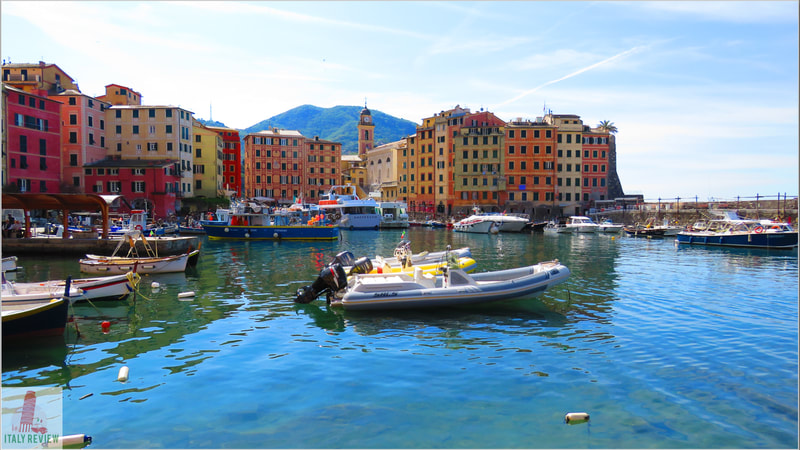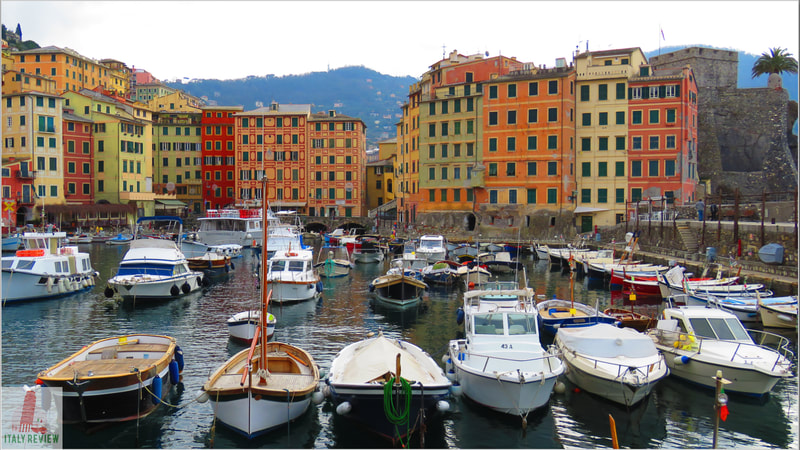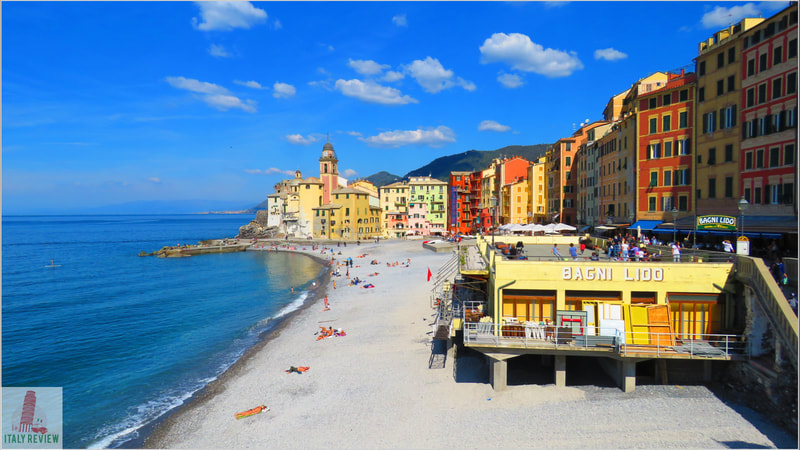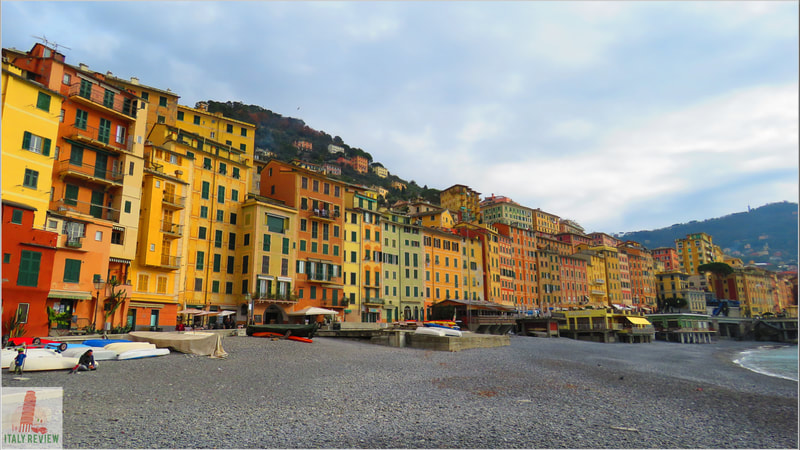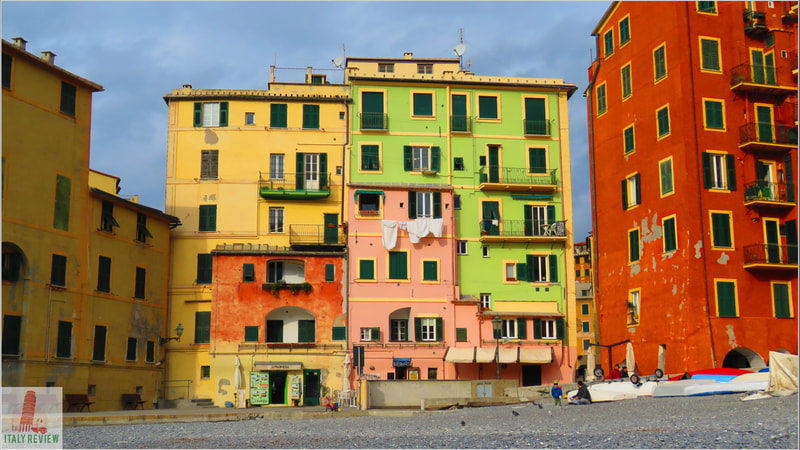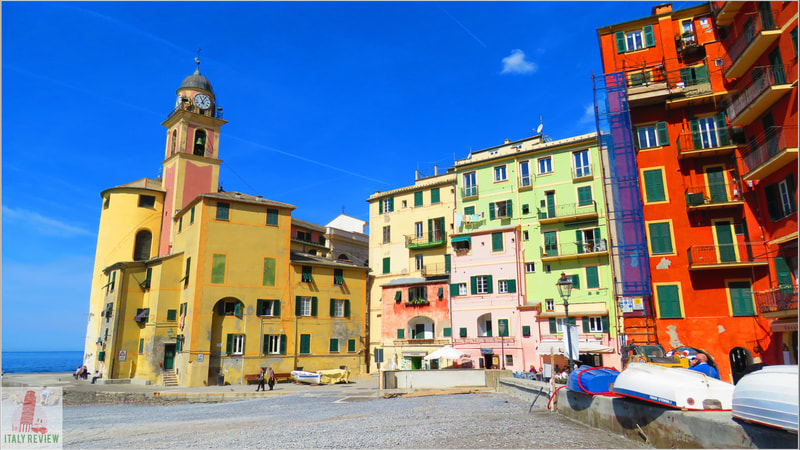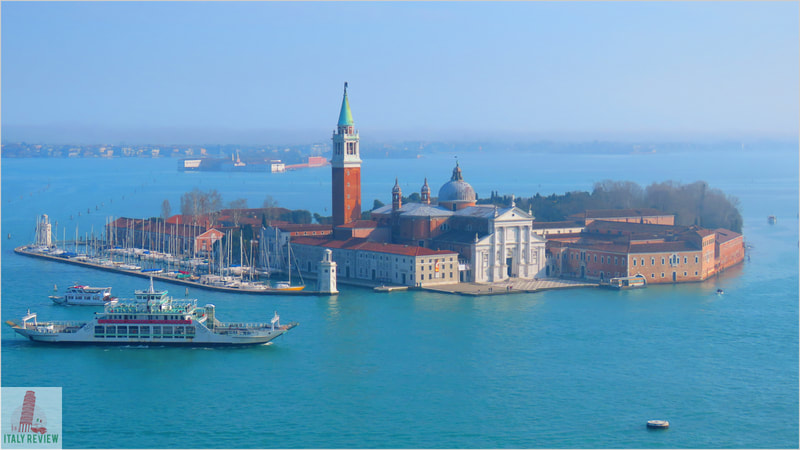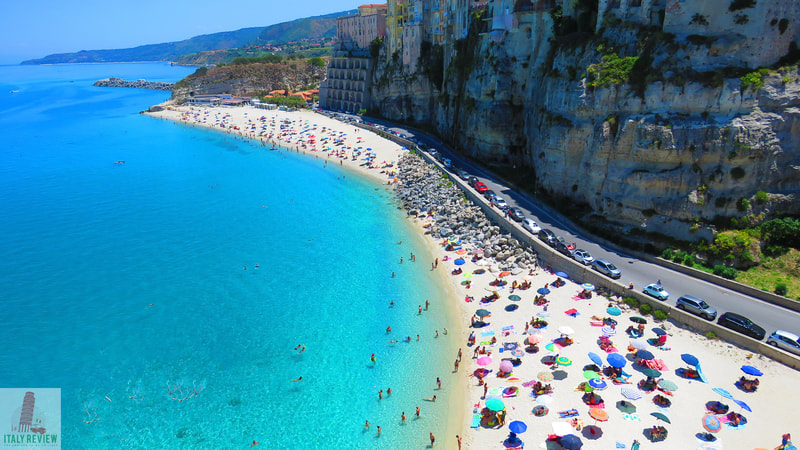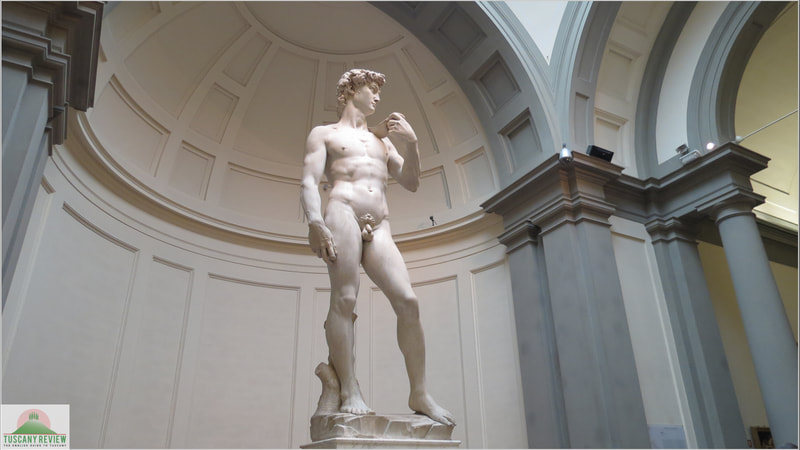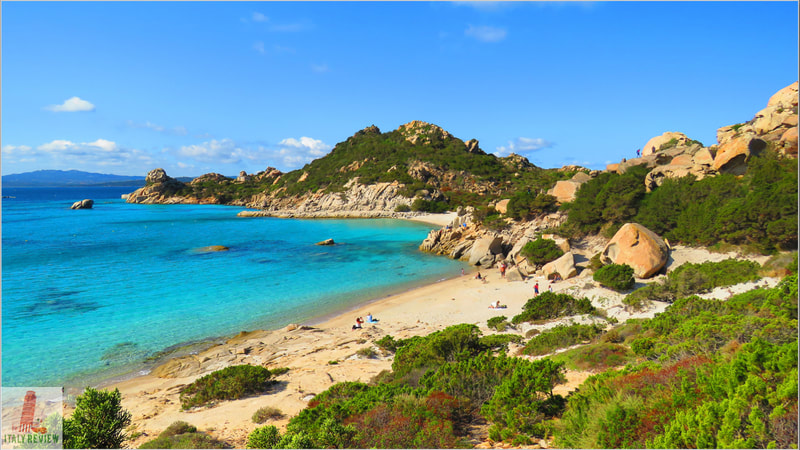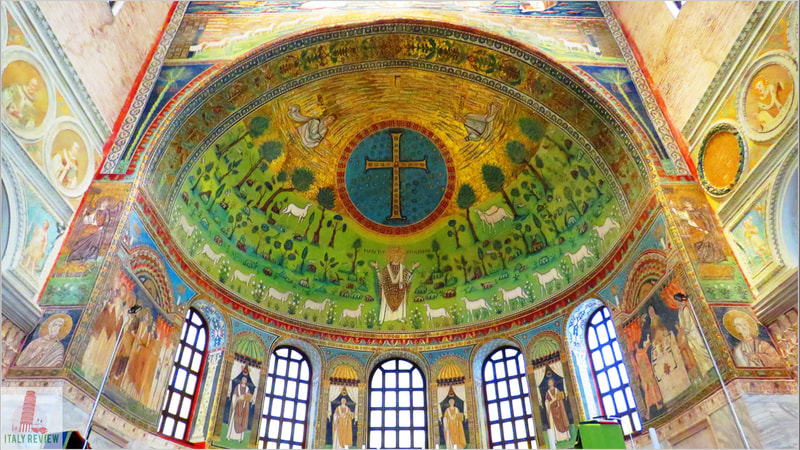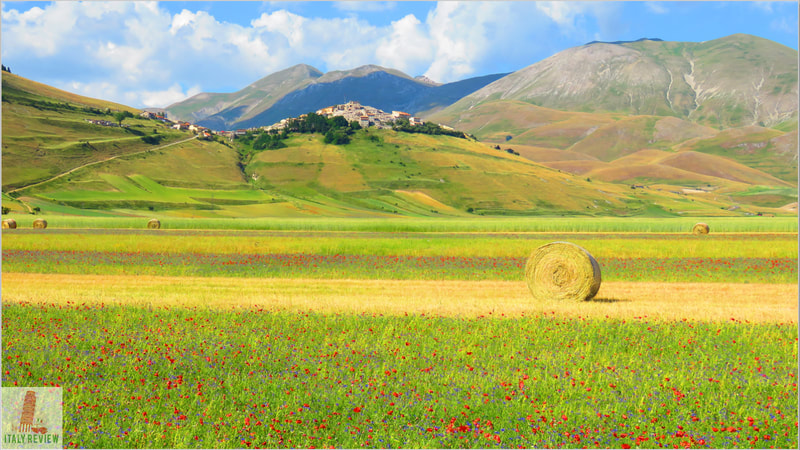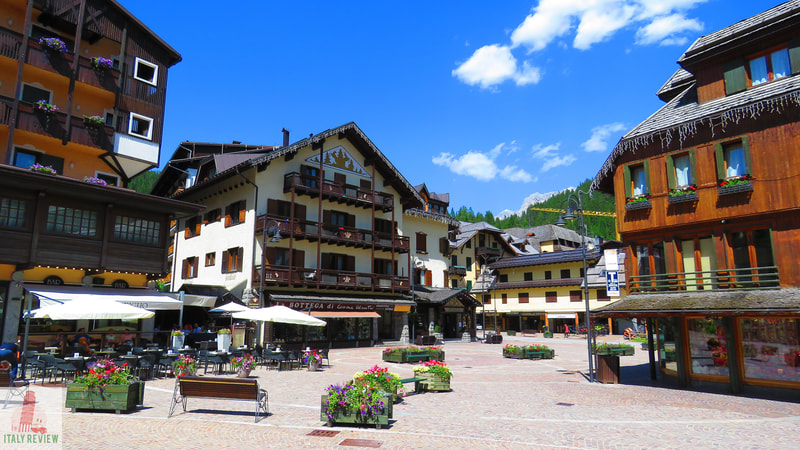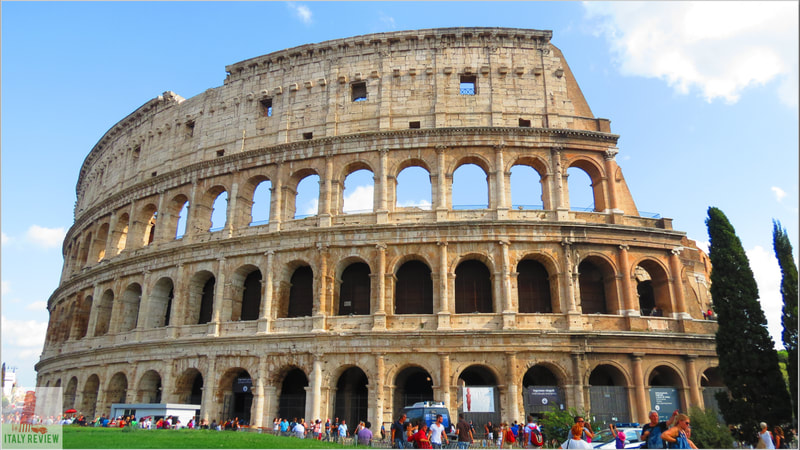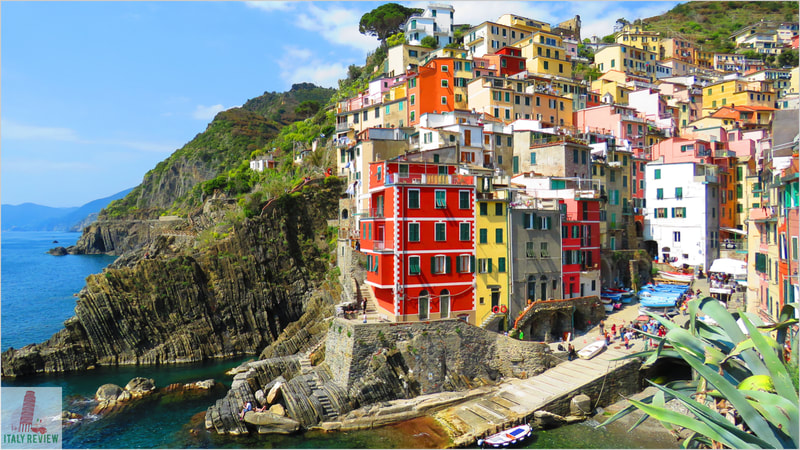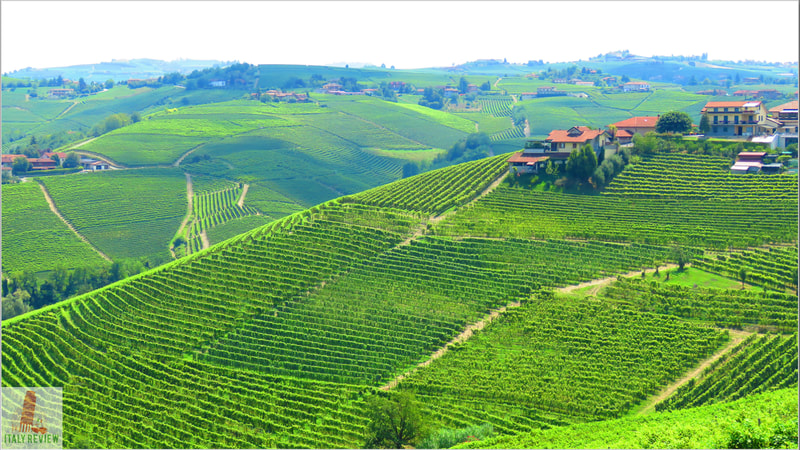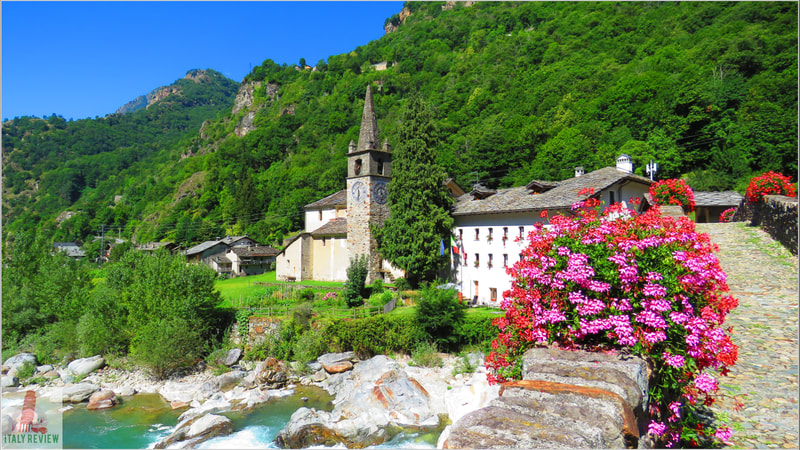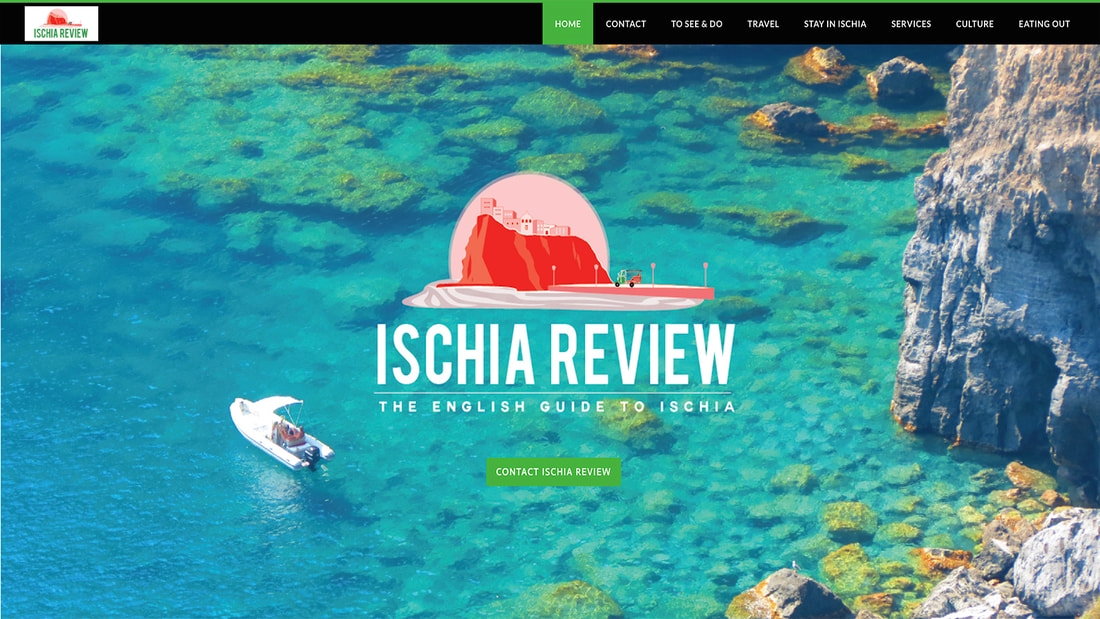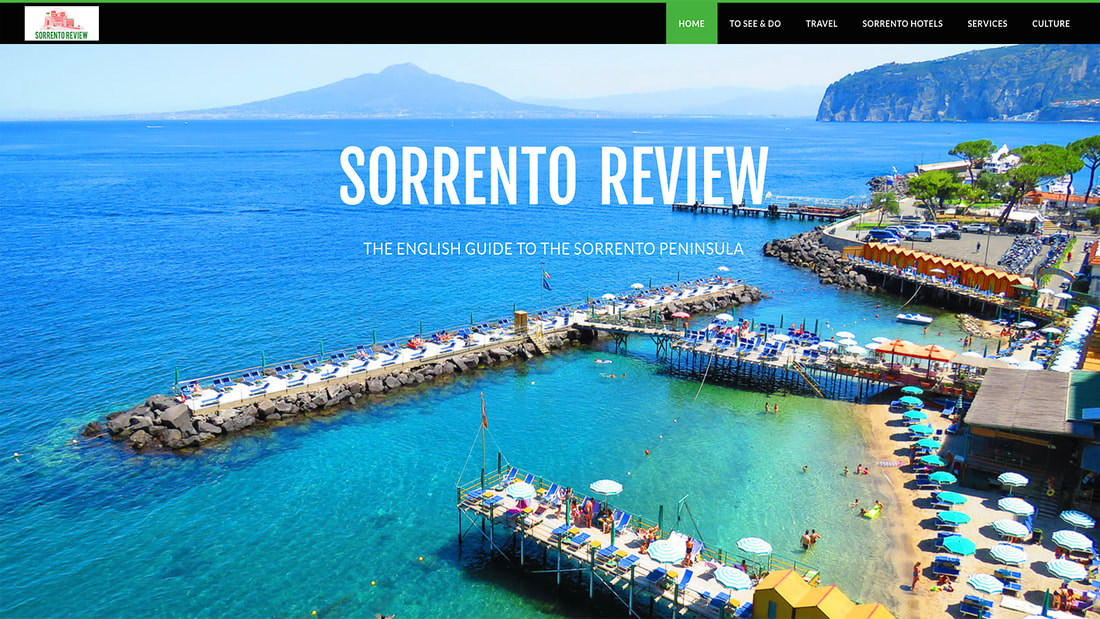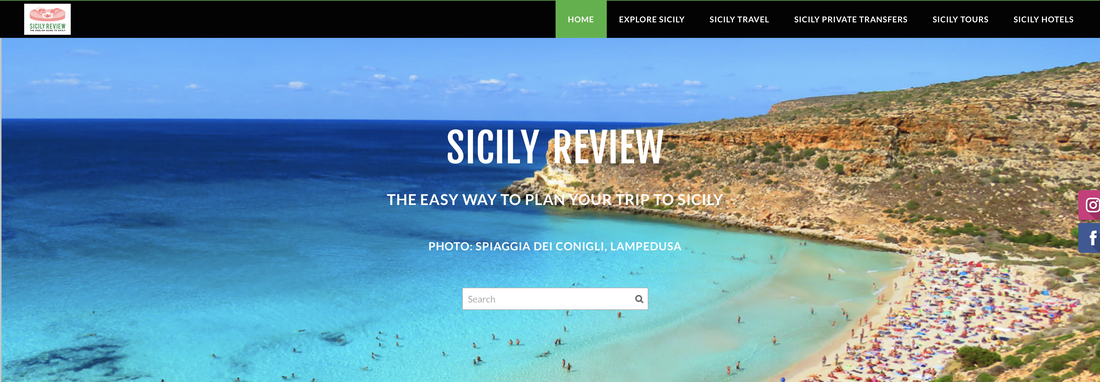Camogli
|
By Dion Protani
|
Latest update: 30 December 2023
|
|
The very name of Camogli tells its own story and gives you an idea of the town's heritage.
A contraction of the Italian words "casa" (house) and "moglie" (wife/wives), gives us Ca-mogli, the "house of wives". Trade in Camogli has always centred around its port, its sailors and its fishermen, who were often at sea for months on end. While the men were away at sea, the town's affairs were dilligently looked after by the wives. |
Related links
Historic port town
Situated at the north-western corner of the Portofino Peninsula, around 25 kilometres east of Genoa, life in Camogli has always revolved around the sea. Apart from its fishermen, the town was an important cog in the shipping industry, supplying thousands of ships across Europe.
In the late 18th century, Camogli acted as a base for Napoleon's fleet before their defeat at the Battle of the Nile and the town's fascinating maritime history is celebrated at the Civico Museo Marinaro Gio Bone Ferrari.
Shades of Camogli's history are ubiquitous throughout the town, from its 19th century apartment blocks decorated with distinctive trompe l'oeil frescoes to its 17th century sea wall.
In the late 18th century, Camogli acted as a base for Napoleon's fleet before their defeat at the Battle of the Nile and the town's fascinating maritime history is celebrated at the Civico Museo Marinaro Gio Bone Ferrari.
Shades of Camogli's history are ubiquitous throughout the town, from its 19th century apartment blocks decorated with distinctive trompe l'oeil frescoes to its 17th century sea wall.
The Island
At one end of the sea wall is a rocky area known as "l'isola", "The Island", upon which sits the iconic 12th century Basilica di Santa Maria Assunta, the subject of so many photos of Camogli. Just behind the Basilica sits the medieval castle called Castello della Dragonara, built between the 13th and 15th centuries.
The area of l'Isola with the church and the castle separates Camogli into two distinct areas. You're most likely to arrive in the town at the eastern end where you make your way down the hill before arriving at the promenade.
This is the classic view of Camogli with the pretty church jutting out at the end of the long, pebble beach with the multi-coloured buildings towering over it. This is the real "holiday" area of the town where you can hire an umbrella and sit on the beach or take up a position in one of the free areas.
The area of l'Isola with the church and the castle separates Camogli into two distinct areas. You're most likely to arrive in the town at the eastern end where you make your way down the hill before arriving at the promenade.
This is the classic view of Camogli with the pretty church jutting out at the end of the long, pebble beach with the multi-coloured buildings towering over it. This is the real "holiday" area of the town where you can hire an umbrella and sit on the beach or take up a position in one of the free areas.
The harbour
Beyond the beach area lies the harbour; despite being in the same town, this has a slightly different feel to it. Here there are more fishermen than sunbathers and the thousands of windows in the high-rise harbour buildings create a sense of drama, akin to a packed amphitheatre.
The harbour area is where you'll find some of the best restaurants, with fish the obvious speciality. Camogli's fishing heritage is celebrated here at Piazza Colombo, once a year in the second week of May when a giant frying pan is used to cook sardines in an event known as the Sagra del Pesce.
Camogli has a number of travel options making it one of the easiest places to visit in Liguria. The train station is located just a short distance from the seafront in an area where there are also large car parks.
During the summer, there are numerous ways of reaching Camogli by sea with ferries running to and from locations such as Genoa, Portofino, Rapallo and Santa Margherita Ligure. You can also take excursions to the Cinque Terre or the town of Portovenere, both of which are UNESCO World Heritage listed sites.
The harbour area is where you'll find some of the best restaurants, with fish the obvious speciality. Camogli's fishing heritage is celebrated here at Piazza Colombo, once a year in the second week of May when a giant frying pan is used to cook sardines in an event known as the Sagra del Pesce.
Camogli has a number of travel options making it one of the easiest places to visit in Liguria. The train station is located just a short distance from the seafront in an area where there are also large car parks.
During the summer, there are numerous ways of reaching Camogli by sea with ferries running to and from locations such as Genoa, Portofino, Rapallo and Santa Margherita Ligure. You can also take excursions to the Cinque Terre or the town of Portovenere, both of which are UNESCO World Heritage listed sites.
Comune di Camogli
|
Province: Metropolitan City of Genoa
Region: Liguria Population: 5,022 (source: ISTAT 1 January 2023) Size: 10 km² Highlights: Basilica di Santa Maria Assunta, beach, port Water quality: Blue Flag Beach 2021 - 2022 Close by: Portofino, Santa Margherita Ligure, Rapallo, Bogliasco Recommended accommodation: Hotel Cenobio Dei Dogi |

